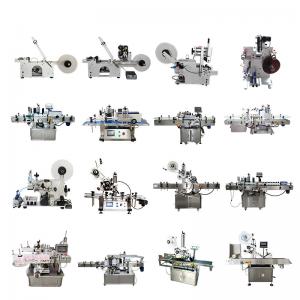Key Considerations for Choosing the Right Powder Filling Machine
1. Understand Your Product Characteristics
The properties of your powder—such as density, flowability, granularity, and hygroscopicity—play a critical role in determining the suitable filling technology. For instance:
-
Free-flowing powders (e.g., salt, sugar) work well with auger or volumetric fillers.
-
Non-free-flowing or cohesive powders (e.g., flour, spices) may require vibratory or paddle-assisted systems.
-
Aerated or lightweight powders often need specialized vacuum or gravity-based fillers to ensure accuracy.
2. Determine Your Production Requirements
Evaluate your production scale and speed needs:
-
Low to medium output: Semi-automatic machines offer flexibility and cost-effectiveness.
-
High-volume production: Fully automatic systems with multi-head fillers ensure faster cycles and consistent output.
-
Future scalability: Choose a machine that can adapt to increasing demand or product variations.
3. Prioritize Accuracy and Consistency
Look for features that minimize waste and ensure portion control:
-
Weight-based fillers equipped with precision sensors are ideal for high-value products.
-
Auger-driven systems with servo motors provide fine-tuned control over fill volume.
-
Checkweighers and feedback mechanisms can be integrated for real-time adjustments.
4. Consider Hygiene and Compliance
Industries like pharmaceuticals and food require strict adherence to hygiene standards:
-
Materials: Stainless steel (304 or 316 grade) constructions are easy to clean and resist corrosion.
-
Design: Opt for machines with minimal crevices and CIP (Clean-in-Place) capabilities.
-
Certifications: Ensure the equipment meets relevant standards (e.g., FDA, CE, GMP).
5. Evaluate Ease of Use and Maintenance
User-friendly interfaces and accessible components reduce downtime:
-
Touchscreen PLC controls simplify operation and changeover between products.
-
Modular designs allow quick part replacement and cleaning.
-
Supplier support: Choose a manufacturer that offers training, troubleshooting, and spare parts services.
6. Assess Flexibility and Customization
If you handle multiple powder types or container sizes, prioritize versatility:
-
Quick-change tooling for switching between containers.
-
Adjustable filling heads to accommodate various volumes.
-
Customizable software for storing preset parameters for different products.
7. Factor in Budget and ROI
While upfront costs matter, consider long-term benefits:
-
Energy-efficient models reduce operational expenses.
-
Durable builds minimize repair costs and extend machine life.
-
Increased accuracy lowers material waste and enhances product quality.
Conclusion
Investing in the right powder filling machine requires a balance of technical requirements, operational needs, and budget constraints. By carefully analyzing your product properties, production goals, and compliance needs, you can select a machine that not only streamlines your workflow but also drives growth and customer satisfaction.
For more insights or personalized recommendations, explore our range of advanced powder filling solutions tailored to your industry needs!

